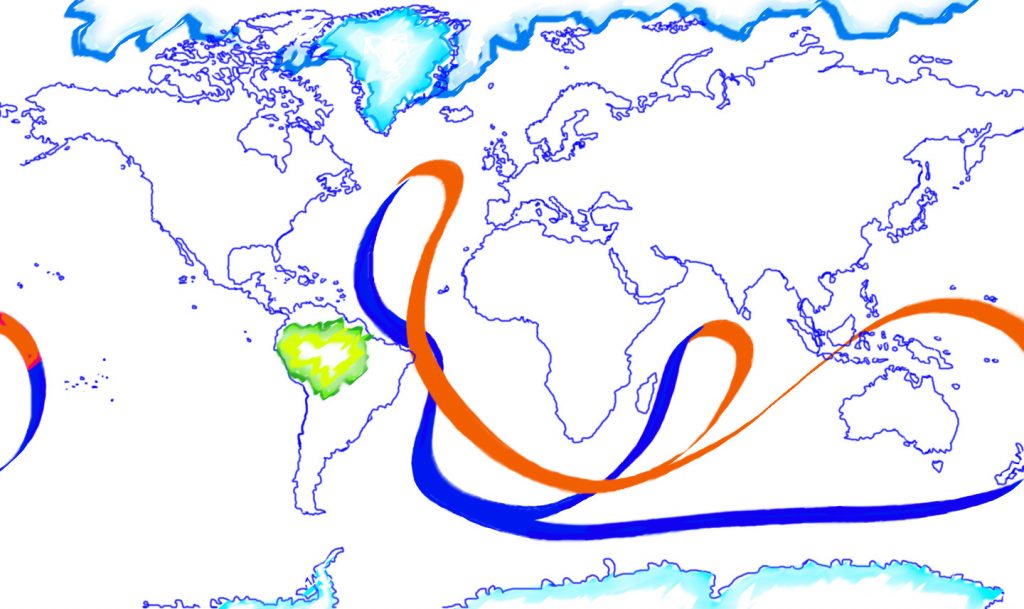What are tipping points in the Earth system and why is it important we do not reach them?
It is easy to imagine a simple version of a tipping point. Take a chair. Tip it until it reaches the point where it clearly wants to either fall or tip back to upright position. There is your tipping point.
But that is not how a tipping point in the Earth system works although at first, it looks the same. The chair falls it enters a new state. We pass a tipping point in the Earth system it also enters a new state.

5 examples of tipping elements in the Earth system
An important difference is that you can simply pick up the chair and return it to its normal state. The Earth system does not unfold that way. There is no way to restore the climate if it passes one or more tipping points. Here is why.
Tipping points can best be described as critical thresholds where the climate system as a whole, or its components, referred to as tipping elements, transition from one stable state to another. This occurs by way of a drastic and irreversible change that catalyzes a domino effect of feedback mechanisms, resulting in a cascade of numerous dramatic changes.
The ice sheet of Greenland is an example of an element in the climate system with a tipping point. The ice sheet depends on its height which reaches up to 3200 meters because the high altitude helps maintain an ”eternal snow” on top.
Ice sheets depend on eternal snow
As long as snow is accumulated annually, it makes up for the ice sheet’s loss of ice in the low altitude coastal areas where it calves – that is – icebergs break off the edges of glaciers and sail away.
If local temperatures on the top of the ice sheet rise to a point where more snow melts away every summer than is added during a year the Greenlandic ice sheet will start to lose altitude. The lower it becomes the warmer it gets on top. This of course accelerates the loss of ice but it doesn’t mean a tipping point in the Earth system has been crossed – yet.
That happens if the ice sheet is no longer high enough to maintain itself even if we restore key elements – such as former levels of carbon dioxide in the atmosphere. Then the ice sheet can be said to have crossed its tipping point.
It takes an ice age to restore
That is an important message to take home: By definition, once a tipping point in the Earth system is crossed restoring former levels will not bring back the former state. In the example with the ice sheet in Greenland it means, that if it passes it’s tipping point, it will continue to lose ice until we cross the next new tipping point in this system: the one that brings Earth into a new ice age.
There is no going back. And that can be said for all subsystems with tipping points in the climate system. One can move to another stable state but that never happens at the point where the latest tipping began.
Quite a few tipping points are known in the climate system. Just to name a few: apart from the ice sheets of Greenland and Antarctica we know that the cover of sea ice at the poles, the Amazon rainforest and North Atlantic sea currents have tipping points where they irreversibly change to states from which they will not return if former levels are reestablished. It is the goal of the scientific project TiPES to identify and quantify tipping points in the climate system.


